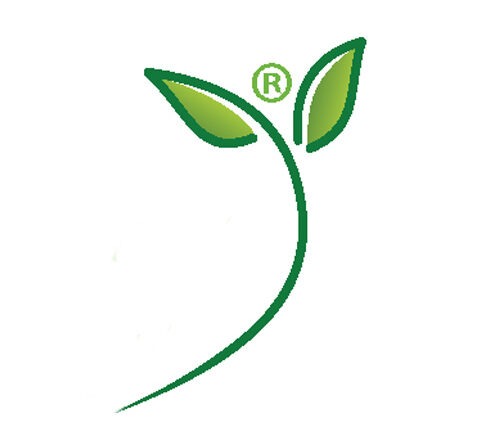In the quest for sustainable fashion, scientists at Imperial College London have made a groundbreaking discovery: vegan, plastic-free leather derived from genetically engineered bacteria. This development not only introduces an eco-friendly alternative to traditional leather but also features self-dyeing capabilities, heralding a new era for the fashion industry.
The Genesis of Bacterial Leather
The team at Imperial College London embarked on a journey to explore the potential of microbial cellulose, a material known for its strength and flexibility, commonly used in various industries. By harnessing the power of a specially engineered bacteria species, the researchers have managed to grow sheets of bacterial cellulose within a shoe-shaped mold, achieving significant milestones in material innovation.
A Splash of Color from Within
What sets this bacterial leather apart is its unique ability to self-dye. After growing the cellulose sheet, the shoe undergoes a two-day process where it’s gently shaken at 30°C, triggering the bacteria to produce a natural black pigment, eumelanin, effectively dyeing the material from within. This process not only simplifies manufacturing but also mitigates the environmental impact associated with traditional dyeing methods.
Eco-Friendly at Its Core
Professor Tom Ellis, the lead author, emphasizes the sustainability of bacterial cellulose, noting its minimal carbon footprint compared to cow leather production. This vegan leather alternative requires significantly less water, land, and time, all while avoiding the use of harmful petrochemicals found in other synthetic leathers. Moreover, its biodegradable nature ensures a non-toxic return to the environment.
Beyond Black: A Spectrum of Possibilities
While the initial experiments focused on producing black pigment, the researchers highlighted the potential for a colorful future. By incorporating genes from different microbes, the bacteria can be engineered to produce an array of colors, opening up endless possibilities for designers. Moreover, the team has developed a technique to project patterns or logos onto the growing cellulose sheets, embedding designs directly into the material without additional processing.
Prototyping the Future
With a £2 million grant from UK Research Council, the Imperial College team is poised to tackle more of fashion’s environmental challenges using bacterial cellulose. Their success in creating viable product prototypes, including shoes and wallets, marks a significant step towards a sustainable fashion industry.
Conclusion
The innovation of vegan self-dyeing leather from bacteria by scientists at Imperial College London represents a pivotal moment in sustainable fashion. Offering an eco-friendly, versatile, and visually appealing alternative to traditional leather, this bacterial leather not only aligns with environmental goals but also paves the way for creative expression in fashion design. As the project progresses, it holds the promise of transforming the industry, one sustainable garment at a time.








